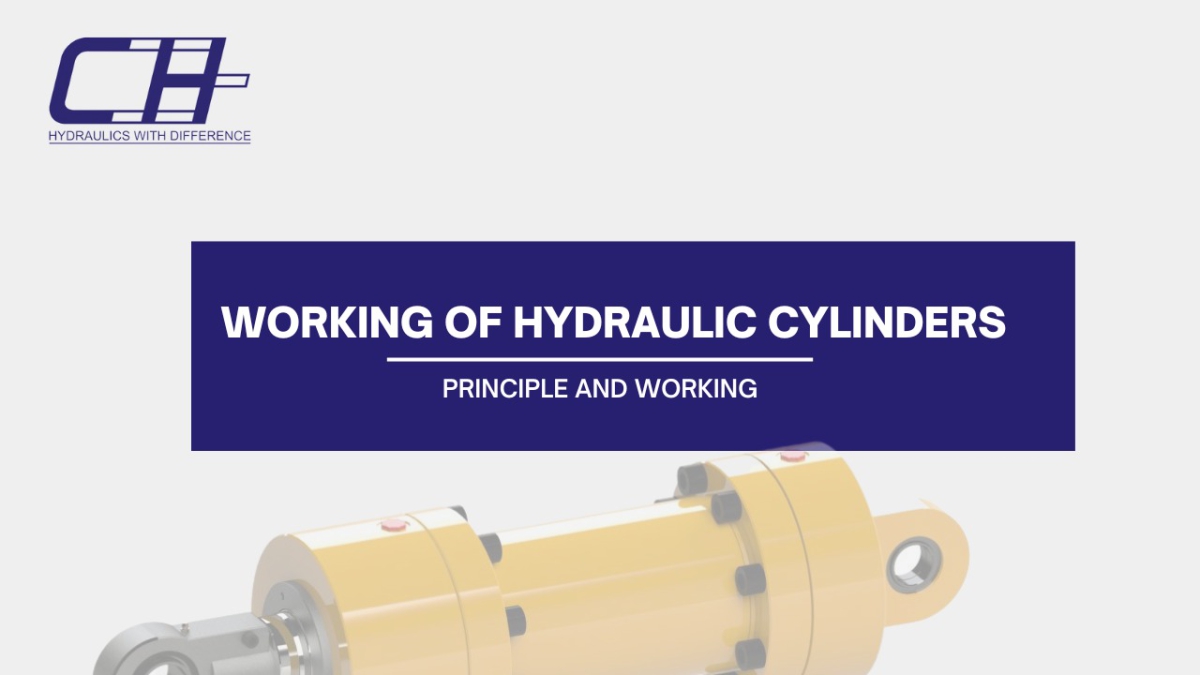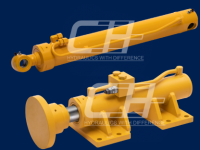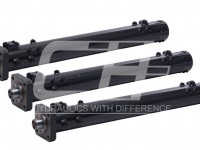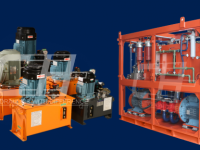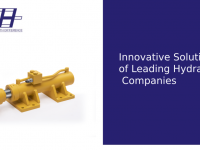On What Principle?
In this Blog we will be understanding the working of hydraulic cylinders and it’s principles
working of hydraulic cyinder is based on Pascal’s principle is the foundation for how a hydraulic cylinder is supposed to work. Pascal’s principle states that the amount of pressure exerted is proportional to the force exerted divided by the surface area to which the force is applied.
if you are looking for hydraulic companies who is one of the top hydraulic cylinder manufacturing company, Then Get In Touch With Canara Hydraulics
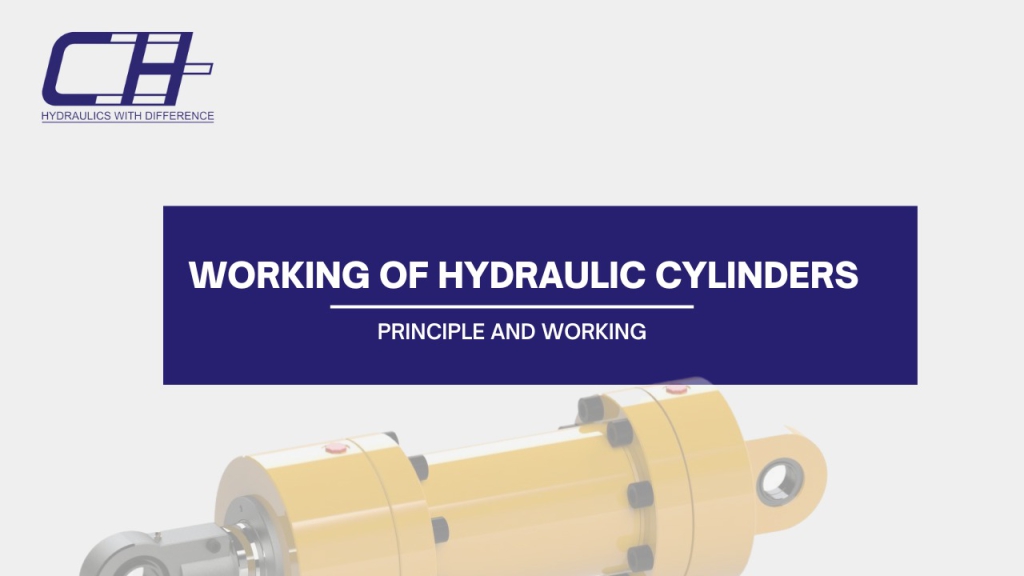
How Does Hydraulic Cylinder Work?
A hydraulic cylinder is a type of mechanical actuator that is used to give a unidirectional force through a stroke that also moves in a unidirectional direction. It is also known as a linear hydraulic motor.
Because hydraulic fluid only exerts force on one side of the piston rod, single-acting cylinders can be used in situations in which either a pulling or pushing force is necessary.
Another force, typically a spring, is used to restore the piston rod to its starting position after it has been moved. Sliding rings and seals are attached to the piston.
The interior of the cylinder is separated into two chambers by the piston: the bottom chamber (located at the cap end), and the piston rod side chamber (located at the rod end/head end).
The most common types of cylinder mounting hardware are flanges, trunnions, clevises, and lugs. There are also mounting attachments on the piston rod, which are used to connect the cylinder to the component of the machine or the object that it is pushing or pulling.
Working Of Hydraulic cylinder
The hydraulic pressure that is produced by the pump is transferred to the chamber that is located on the side of the rod, which then causes the rod to move in an outward direction.
After that, the hydraulic pressure will be transferred back to the piston and rod side chamber, which will cause the rod to move in a direction toward the interior of the cylinder.
This procedure is carried out again and again for as long as the cylinder is subjected to hydraulic pressure.
This is the working of hydraulic cylinder hoping this blog was helpful , Thank You

